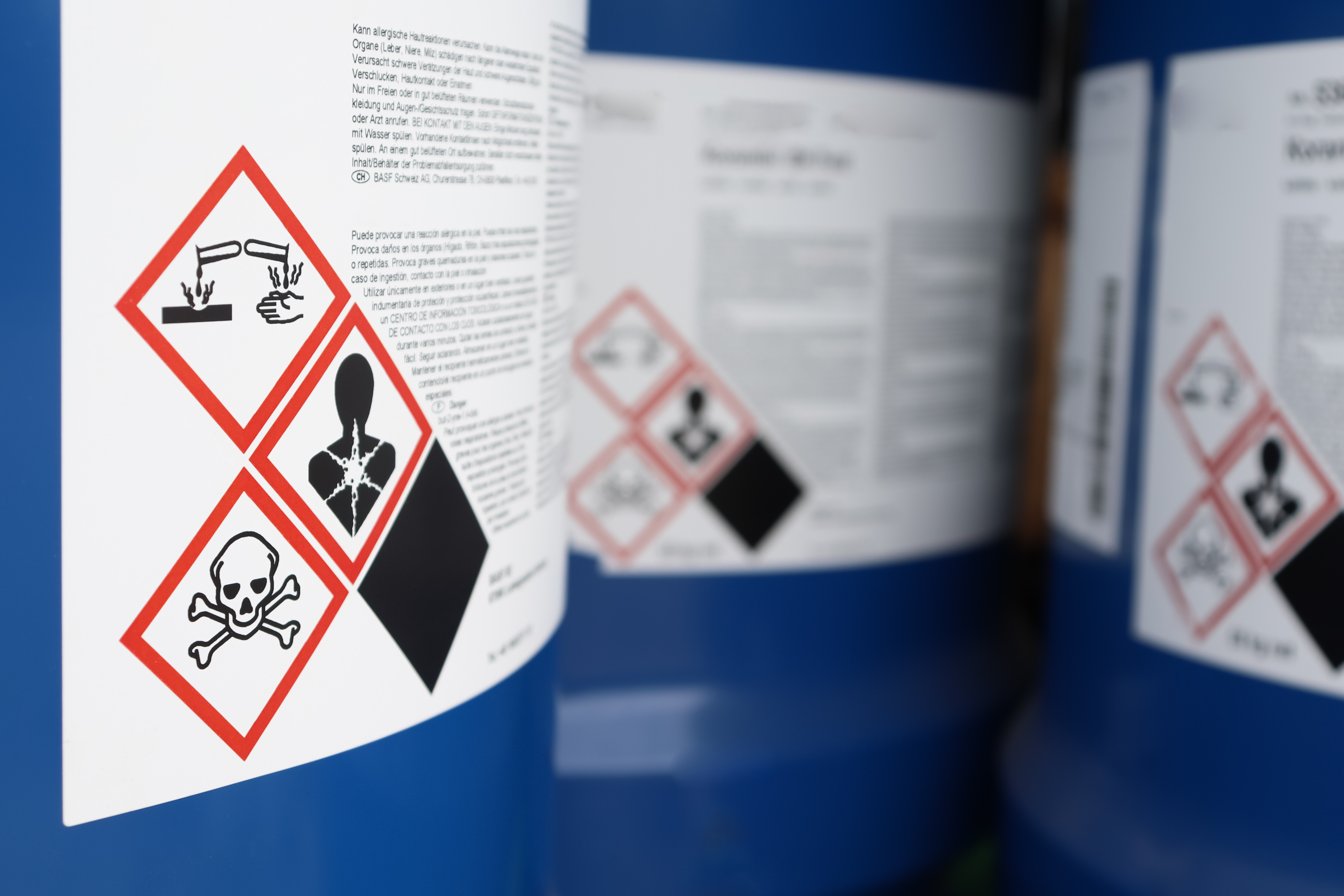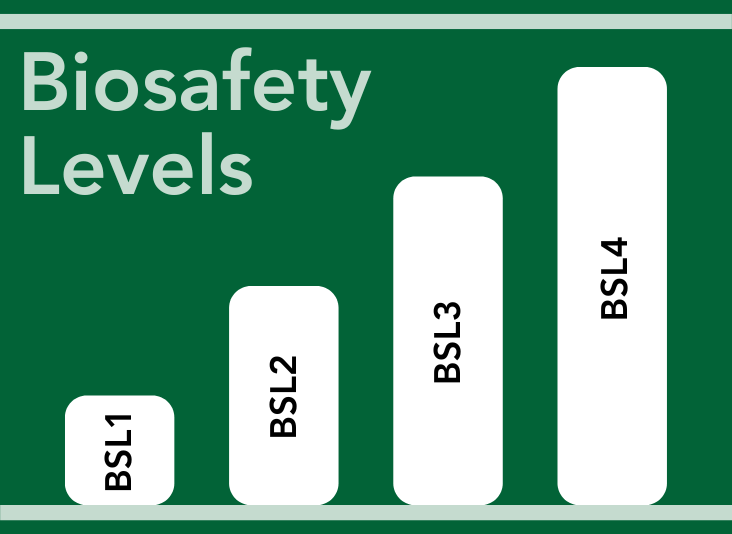Expired Chemicals: Reduce Their Cost and Burden
Across industries, labs and production facilities nationwide are burdened with tons of expired and potentially dangerous chemicals.
Making the situation even more serious, some of the most common expired chemicals sitting in storage are also among the most hazardous. They include hydrofluoric and perchloric acids, as well as diethyl ether. And unless addressed, the problem for facilities will continue to grow.
Managers across the board must not just undergo the expensive and risky process of eliminating these substances—they must perform a course correction to prevent such buildups from occurring again. Fortunately, there are chemical inventory management and procurement tools, solutions, and methodologies available that will enable just that.
In the meantime, there is the unavoidable problem of on-hand expired chemicals for facilities to face. Elimination of these substances is not cheap, either. According to a C&EN BrandLab 2020 survey of lab researchers:
- Facilities disposed of a median of $500 worth of expired chemicals monthly
- They spent a median of $300 monthly to dispose of reagents
- Several labs spent $100,000 on disposal monthly
- One-fifth of respondents claimed expired inventory management was “one of the biggest pain points in their weekly routine”
COVID-19 Chemical Supply Chain Blues
There is some recent and eventful history behind the expired chemicals wave. Supply chain and other chemical inventory management inefficiencies have hampered the life sciences, healthcare, advanced manufacturing, and higher education industries since day one. However, the COVID-19 pandemic exacerbated the problem, as it forced managers to adopt slapdash and inefficient chemical procurement processes.
While the pandemic raged, lab and production chemical demand was strong—but supply was uncertain. So, buyers were placing orders with lead times of a year or more—with little to no hope that clogged supply chains would deliver in anything like a timely fashion. As a result, organizations across the board ordered whatever was available to avoid operational disruption.
The result: significant over-ordering followed by mass deliveries and stockpiles. Facility managers accumulated small mountains of hazardous materials throughout their worksites out of necessity. All too many of these chemicals were due to expire before they could ever possibly be used. And since 2020, at the pandemic’s height, tons of these substances have laid idle—and now require elimination and destruction.
Managers may be tempted to dispose of onsite expired chemicals with as little time and effort as possible. In the rush to eliminate these wastes, however, administrators may in fact introduce more risk into operations, opening worksites to incidents, citations, and worse.
Expired Chemicals: Major Resource Loss
Expired chemicals hurt. Any time a solvent reaches an expiration date, it means a loss of resources—and cash. Managers repeatedly echo the sentiment: “I wish I didn’t have to dispose of all these perfectly good chemicals!”
But the full cost of chemical expiration is far more than just professional or economic disappointment. Many common solvents still pose a risk even past their expiration date. For some chemicals, advanced aged means a commensurate rise in dangers. Containers themselves may also begin to leak—leading to spills, potential reactions with other substances, or even toxic vapors.
Besides the cost, these hazardous materials also:
- Pose risks to workers and the environment
- Harm productivity and efficiency
- Take up valuable storage space
- Clog space in treatment, storage, and disposal facilities (TSDFs) as they await treatment
- Divert resources needed to treat other routine wastes
- Require trained, professional disposal
- Interfere with sustainability and efficiency goals
Organizations that paid premium prices for these expired chemicals are now shelling out big bucks for their disposal. These chemicals, at the macro level put a strain on the overall waste disposal industry nationwide.
In part, this is because TSDFs (the most common chemical waste incinerators) operate under U.S. Environmental Protection Agency (EPA) emission limits. Nationwide, there are limits to TSDF resources available to organizations. This just makes life harder for a chemical inventory manager trying to clear out their expired stocks.
Getting a Handle on Expired Chemicals
While managers must focus on eliminating existing expired chemical stocks, they can also proactively adopt measures to eliminate this problem. In doing so, they will relieve the future burden on TSDFs and help stabilize the waste disposal industry overall.
A beautiful place to start is by rolling out a modern, data-driven, and fully integrated chemical inventory management system. This type of solution can better inform procurement teams so they can make the best choices on what to buy and when. And, in turn, it boosts visibility and helps managers to see quickly and clearly which chemicals are fully stocked or facing depletion.
Administrators can also see where chemicals are stored—and optimize their placement in the facility for safety and efficiency. As a bonus, such solutions also support reaching organizational environmental goals.
For instance, if environmental, health, and safety (EHS) teams have a relationship with procurement, they can rank chemicals by consumption volume. They then can pinpoint the top five chemicals used and devise ways to reduce their consumption—or seek safer alternatives.
Chemical inventory software also enables collaboration among departments to craft more sustainable chemical handling and disposal systems. Such efforts reduce hazardous material usage, demonstrably boost environmental sustainability efforts, and increase the likelihood of hitting your sustainability goals.
Partnership for Better Chemical Inventory Management
I mentioned earlier that expired chemicals take up space at TSDFs. Often, disposal companies may have incineration-only policies for hazardous solvents. This is not a sustainable best practice, nor does it speed up the disposal of these compounds, or ease the bottlenecks in chemical inventory procurement and disposal lifecycles.
If the industry can reduce the number of expired chemicals requiring elimination, the everyone benefits. I suggest managers get started with chemical inventory procurement, management, and disposal solution projects. This is a solid step to lead the charge toward a greener and less wasteful future.
Admittedly, these sorts of operational efforts can be a strain on internal resources. Want some assistance? Talk to a chemical inventory management and hazardous waste management partner like Triumvirate Environmental. We help you get rid of unwanted expired chemicals—and keep them from becoming a problem in the future.







